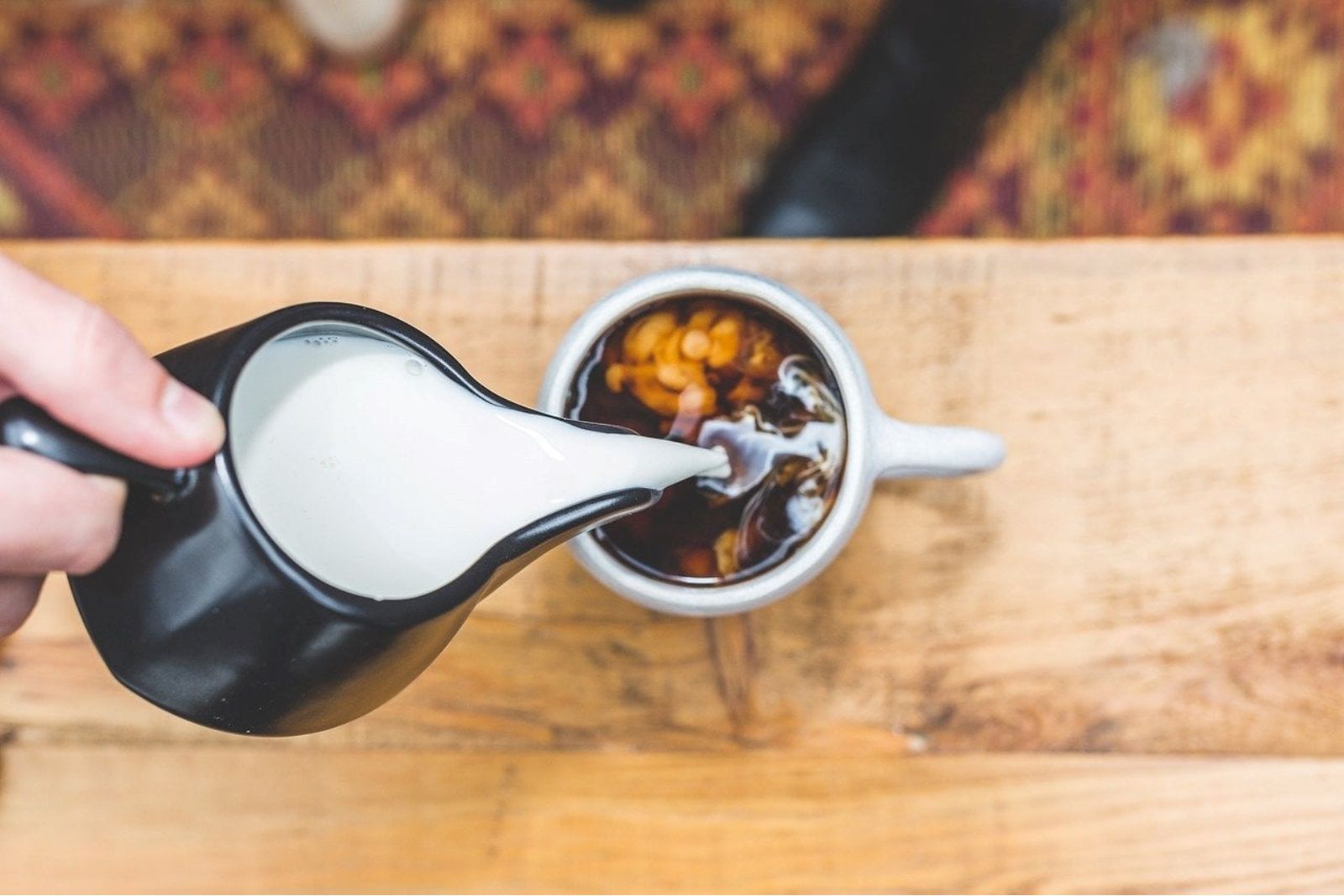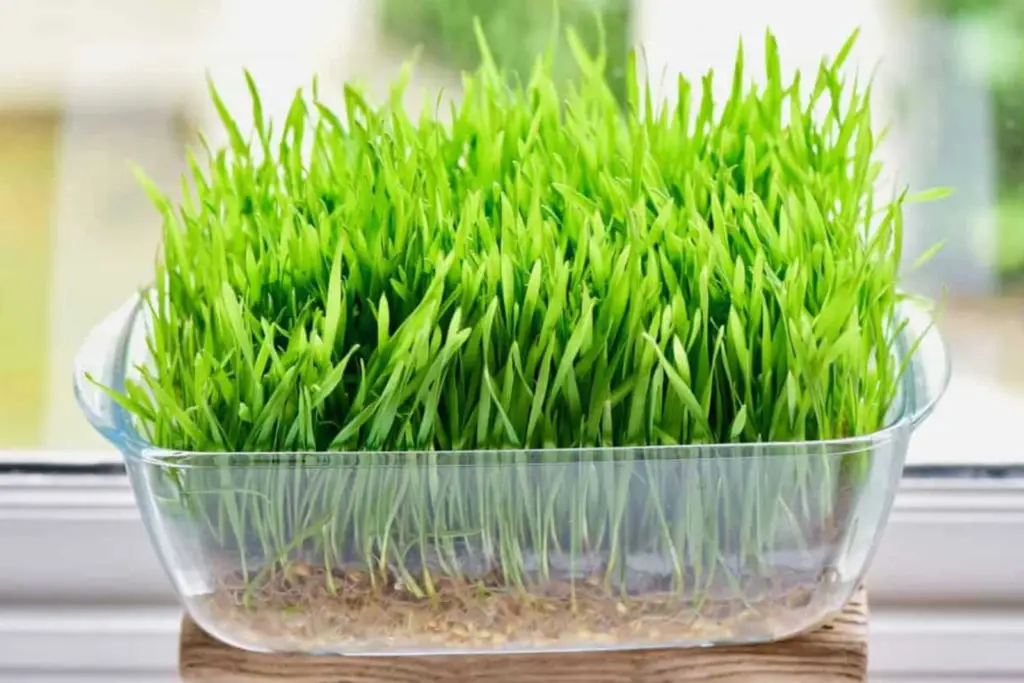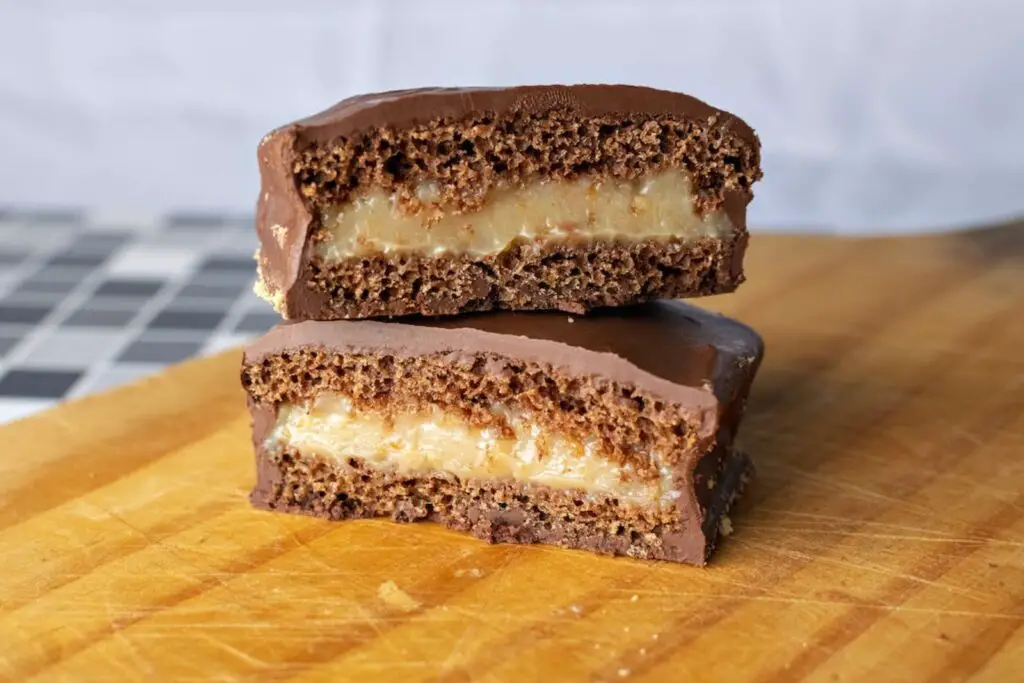
Coffee creamer is a popular additive that enhances the flavor and richness of a cup of coffee. Whether you prefer traditional dairy-based creamers or non-dairy alternatives, freezing coffee creamer can be a convenient way to extend its shelf life and ensure you always have some on hand. Freezing coffee creamer is a simple process that can help you avoid waste and save money in the long run. In this article, we will provide a step-by-step guide on how to freeze coffee creamer while maintaining its quality and taste.
Here’s a guide on how to freeze coffee creamer:
Step 1: Choose the right coffee creamer
When choosing a coffee creamer for freezing, it’s important to select varieties that are specifically labeled as suitable for freezing. While many dairy-based creamers and non-dairy alternatives like almond milk or coconut milk creamers can be successfully frozen, it’s always best to check the packaging or manufacturer’s recommendations to ensure that the specific creamer you’re using is suitable for freezing.
Dairy-based creamers, such as half-and-half or heavy cream, often contain stabilizers that help maintain their texture and prevent separation when frozen. These stabilizers enable the creamer to withstand the freezing and thawing process without significant changes in taste or texture. Non-dairy alternatives like almond milk or coconut milk creamers may also be formulated with ingredients that allow them to freeze well.
It’s worth noting that while most coffee creamers can be frozen, some creamers may experience slight changes in consistency or taste after freezing. For example, certain non-dairy creamers may become slightly grainy or separate when thawed. However, these changes are typically minimal and can be remedied by shaking or stirring the creamer before use.
Step 2: Check the expiration date
Checking the expiration date of the coffee creamer before freezing is crucial to ensure that you are starting with a fresh and high-quality product. Freezing can help extend the shelf life of creamer, but it cannot reverse the degradation that may have already occurred before freezing.
Coffee creamers, both dairy-based and non-dairy alternatives, have a limited shelf life due to their ingredients and processing methods. They may contain perishable components like milk or cream, as well as additives and preservatives that help maintain their quality and taste. Over time, these ingredients may start to deteriorate, affecting the flavor, texture, and overall quality of the creamer.
By checking the expiration date, you can determine if the coffee creamer is still within its recommended consumption period. Starting with a product that is within its expiration date ensures that the creamer is at its freshest and that its original flavor and texture have not been compromised.
It’s important to note that freezing coffee creamer does not reset the expiration date. Instead, it helps to preserve the creamer’s quality for a longer period. Freezing can slow down the deterioration process, preventing the growth of bacteria and maintaining the creamer’s taste and texture. However, once the creamer is thawed, it will continue to follow its original expiration timeline.
To ensure the best results when freezing coffee creamer, always use creamers that are within their expiration date. This way, you can enjoy the full flavor and quality of the creamer even after it has been frozen and thawed. If the creamer is nearing its expiration date, it’s best to consume it before freezing to maximize its freshness.
Step 3: Prepare the containers
Preparing the containers properly before freezing coffee creamer is essential to ensure the preservation of its quality and prevent any contamination. Here’s why it’s important to use freezer-safe containers and ensure they are clean and dry:
- Freezer-safe containers: Freezing coffee creamer requires containers that can withstand low temperatures without cracking or leaking. Freezer-safe containers are specifically designed to withstand the extreme cold of the freezer, maintaining their structural integrity and preventing any damage or breakage. Using containers that are not freezer-safe can result in cracks or leaks, compromising the quality of the creamer and causing a mess in the freezer.
- Maintaining quality: Coffee creamer is sensitive to external odors and flavors. Using containers that are not specifically designed for freezing can result in the absorption of unwanted smells and tastes, which may transfer to the creamer. Freezer-safe containers are typically made of materials that are non-reactive and odor-resistant, ensuring that the creamer remains free from any off-flavors or odors.
- Cleanliness: Clean containers are essential for maintaining the freshness and quality of the coffee creamer. Any residual dirt, food particles, or previous food smells in the containers can contaminate the creamer, affecting its taste and overall quality. Cleaning the containers thoroughly before use helps ensure that the creamer remains pristine and uncontaminated during the freezing process.
- Dryness: Moisture can cause ice crystals to form inside the container, leading to freezer burn and potentially altering the texture and taste of the coffee creamer. It is important to ensure that the containers are completely dry before adding the creamer. Moisture can be trapped in crevices or on the container’s surface, so allowing the containers to air dry or patting them dry with a clean towel is recommended.
Can I freeze coffee creamer in glass containers?
Yes, you can freeze coffee creamer in glass containers as long as they are freezer-safe and can withstand the extreme temperatures of freezing. It’s important to leave enough headspace in the container to allow for expansion during freezing.
Can I freeze coffee creamer in its original container?
If the original container is freezer-safe and has enough space to allow for expansion during freezing, you can freeze coffee creamer in its original container. However, if the container is not suitable for freezing or if you want to portion the creamer, it’s recommended to transfer it to freezer-safe containers or bags for better organization and convenience.
Step 4: Portion the creamer
Portioning the coffee creamer before freezing is a practical step that offers convenience and flexibility when it comes to using the creamer later on. Here’s why it’s beneficial to measure out individual servings:
- Easy defrosting: Freezing coffee creamer in individual portions allows you to thaw only the amount you need for a single serving. This eliminates the need to thaw the entire batch, making it more convenient and time-efficient. Whether you’re preparing a cup of coffee or a small recipe, having pre-measured portions of creamer makes it quick and effortless to defrost and use without any waste.
- Avoiding repeated thawing: Each time you thaw and refreeze coffee creamer, there is a risk of compromising its quality. By portioning the creamer into individual servings, you can minimize the need for repeated thawing. Instead of thawing a large container and refreezing the unused portion, you can simply thaw the precise amount needed for each use, ensuring that the remaining creamer stays frozen and maintains its freshness.
- Customizable servings: Portioning the coffee creamer allows you to customize the serving size according to your preference. If you prefer a stronger or milder coffee flavor, you can adjust the amount of creamer in each portion accordingly. This flexibility lets you cater to individual tastes without the need for measuring or diluting the creamer after thawing.
- Reduced waste: Measuring out individual servings helps minimize waste. You can accurately portion the coffee creamer based on your consumption patterns, preventing excessive thawing and potential spoilage. This way, you can enjoy the creamer at its best quality without any leftovers going to waste.
Should I stir the coffee creamer before freezing?
Stirring the coffee creamer before freezing is not necessary. However, if the creamer has separated, giving it a gentle stir can help mix the components back together before portioning and freezing.
Can I freeze coffee creamer in ice cube trays?
Yes, you can freeze coffee creamer in ice cube trays for convenient portioning. Pour the creamer into the trays, freeze until solid, and then transfer the frozen cubes into freezer-safe bags or containers. This method allows you to easily thaw and use the desired amount without thawing an entire container.
Step 5: Seal the containers
Properly sealing the containers or bags is a crucial step in freezing coffee creamer to maintain its freshness, prevent air exposure, and avoid freezer burn. Here’s why it’s important to ensure a tight seal:
- Preserving freshness: Coffee creamer can be sensitive to air exposure. When exposed to air, the creamer can oxidize, resulting in off-flavors and a decrease in quality. By sealing the containers or bags tightly, you create a barrier that limits air contact, preserving the freshness of the creamer during freezing.
- Preventing freezer burn: Freezer burn occurs when moisture evaporates from the surface of the creamer, causing it to become dehydrated. This leads to changes in texture, taste, and overall quality. Proper sealing helps prevent the loss of moisture and the formation of ice crystals on the creamer’s surface, reducing the risk of freezer burn.
- Maintaining texture and consistency: Air exposure can affect the texture and consistency of coffee creamer. When exposed to air, the creamer may develop ice crystals or become grainy, resulting in an undesirable texture. A tight seal minimizes the chances of moisture loss and ice crystal formation, ensuring that the creamer retains its smooth and creamy texture.
- Eliminating odors and contamination: Sealing the containers or bags tightly also helps protect the coffee creamer from absorbing odors or flavors from other foods in the freezer. It creates a barrier that prevents cross-contamination, ensuring that the creamer maintains its intended taste and aroma.
If using bags, it’s essential to remove excess air before sealing. This helps minimize the amount of air trapped inside the bag, reducing the potential for oxidation and freezer burn. Squeezing out the excess air creates a vacuum-like environment, further protecting the creamer.
Step 6: Label and date
Labeling each container or bag of frozen coffee creamer with the date of freezing is a simple yet effective way to track its age and ensure you use it within a reasonable timeframe. Here’s why it’s important to label and date the creamer:
- Time management: Freezing coffee creamer extends its shelf life, but it’s still essential to keep track of how long it has been frozen. By labeling and dating each container, you have a clear reference point to determine when the creamer was frozen. This information helps you manage your stock of frozen creamer and prioritize using the oldest ones first to prevent them from exceeding their recommended storage time.
- Quality control: Over time, even properly frozen coffee creamer can experience a decline in quality. Flavor and texture changes may occur, affecting the taste of your coffee. By labeling and dating the containers, you can easily identify the creamer that has been frozen the longest. This allows you to use the oldest creamer first, ensuring that you enjoy the best quality creamer while it is still at its peak.
- Avoiding waste: Labeling and dating the creamer containers helps minimize waste by ensuring that you consume the creamer before it becomes too old or deteriorates in quality. By using the oldest creamer first, you can prevent unnecessary waste and make the most of your frozen supply. It’s a helpful practice to rotate your stock of coffee creamer to maintain freshness and avoid any creamer going to waste.
- Organization: Labeling and dating the containers or bags of coffee creamer promotes an organized freezer space. With clear labeling, you can easily locate the desired creamer without having to guess or open multiple containers. It also helps prevent confusion when you have different flavors or types of creamer stored together.
Step 7: Freeze the creamer
Freezing the coffee creamer properly is essential to maintain its quality and ensure that it remains in a frozen state without any issues. Here’s why it’s important to place the sealed containers or bags in the coldest part of the freezer and arrange them for easy stacking and organization:
- Temperature control: The coldest part of the freezer, typically the back or bottom shelf, provides a consistently low temperature. Placing the coffee creamer in this area ensures that it freezes quickly and remains at a stable temperature throughout the freezing process. This helps maintain the quality and texture of the creamer.
- Avoiding temperature fluctuations: Placing the creamer in the coldest part of the freezer helps minimize temperature fluctuations. Frequent changes in temperature can cause the creamer to thaw and refreeze partially, leading to texture changes, loss of quality, and the formation of ice crystals. By keeping the creamer in a consistently cold area, you reduce the risk of such fluctuations and maintain the desired frozen state.
- Efficient use of space: Properly arranging the sealed containers or bags allows for easy stacking and organization in the freezer. This maximizes the use of available space, allowing you to store more creamer and utilize the freezer efficiently. Stacking the containers or bags also prevents them from getting knocked over or shifting, which could cause leaks or damage.
- Accessibility: Placing the creamer in an easily accessible location in the freezer makes it convenient to retrieve the desired portion when needed. By organizing the containers or bags, you can quickly locate and access the specific creamer you want to use without having to search through a cluttered freezer.
How long can coffee creamer last in the freezer?
Coffee creamer can typically last in the freezer for up to 2-3 months without significant changes in quality. However, it’s important to note that the texture and taste may gradually deteriorate over time. Proper packaging, labeling, and storage conditions are crucial to maintain the creamer’s freshness and minimize freezer burn.
Step 8: Thaw and use the creamer
Thawing the frozen coffee creamer properly is important to ensure that it returns to its original consistency and can be easily incorporated into your coffee. Here’s why it’s beneficial to thaw the creamer in the refrigerator overnight and give it a good shake or stir before using:
- Controlled thawing: Thawing the frozen coffee creamer in the refrigerator is the recommended method because it allows for gradual and controlled thawing. The cool temperature of the refrigerator ensures that the creamer thaws slowly, minimizing the risk of temperature fluctuations that can impact its texture and quality. This gradual thawing helps the creamer retain its smooth consistency.
- Texture and consistency: Thawing the creamer in the refrigerator allows it to gradually soften and return to its original texture. This is important, especially for dairy-based creamers, as it helps prevent separation or clumping. By thawing overnight, you give the creamer enough time to completely thaw and reach a smooth consistency, making it easier to mix into your coffee.
- Flavor distribution: Giving the thawed creamer a good shake or stir is important to ensure that any components that may have settled or separated during freezing are evenly distributed. This includes both dairy-based and non-dairy creamers. Shaking or stirring the creamer well before use helps combine any separated ingredients and ensures a consistent flavor in your coffee.
- Convenience and readiness: Thawing the creamer overnight in the refrigerator allows you to have it ready to use in the morning without any additional effort. By planning ahead, you can ensure that the creamer is completely thawed and at the desired temperature when you want to enjoy your coffee. This eliminates the need for immediate thawing or using alternative thawing methods.
How do I thaw frozen coffee creamer quickly?
To thaw frozen coffee creamer quickly, place the sealed container or bag in a bowl of lukewarm water. Stir occasionally to speed up the thawing process. Avoid using hot water as it can cause the creamer to thaw unevenly or too quickly, affecting its quality.
How long can I keep the thawed coffee creamer in the refrigerator?
Once thawed, coffee creamer should be stored in the refrigerator and consumed within 7-10 days for optimal quality. Pay attention to any changes in odor, appearance, or taste, and discard the creamer if it shows signs of spoilage.
Other related questions
Can I refreeze coffee creamer?
It is generally not recommended to refreeze coffee creamer once it has been thawed. Refreezing can affect the quality and texture of the creamer, leading to changes in taste and consistency. Additionally, repeated thawing and refreezing can increase the risk of bacterial growth and compromise food safety. It is best to thaw only the amount needed and use the creamer within a reasonable timeframe to maintain its optimal quality.
How do I know if the coffee creamer has gone bad after being frozen?
To determine if the coffee creamer has gone bad after being frozen, it’s important to rely on sensory indicators. Look for signs of spoilage such as off smells, unusual colors, or a curdled appearance. Additionally, if the creamer develops an unpleasant taste or has a significantly altered texture, it may indicate spoilage. When in doubt, it is best to discard the creamer to avoid potential health risks.
Can I freeze homemade coffee creamer?
Yes, you can freeze homemade coffee creamer. Follow the same steps mentioned in the article to portion it, seal it in freezer-safe containers or bags, and label them with the date of freezing. Freezing homemade coffee creamer can help extend its shelf life and allow you to enjoy it at a later time.
Can I freeze powdered coffee creamer?
Powdered coffee creamer can be stored at room temperature, so freezing is not necessary. It is recommended to follow the manufacturer’s instructions for storage and use. Typically, powdered coffee creamer has a long shelf life and does not require freezing.








